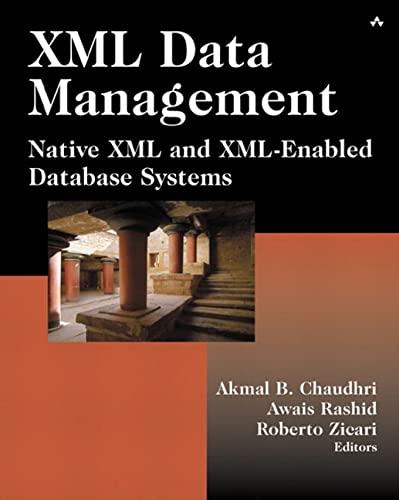
Question 5 (1.5 points) (This question is related to ILO2 -"be able to describe the working principles behind key protocols used in modern computer networks -TCP Host A and B are communicating over a TCP connection, and both hosts have some data to send to each other. At this instance, Host B has received from A all bytes up to and include byte 568, and Host A has received from B all bytes up to and include byte 1445. Assume Host B does not send any data to A after this point, and B always sends acknowledgment whenever it receives a data segment from Host A (i.e., no delayed acknowledgment) Consider that Host A then sends two segments to Host B back-to-back. The two segments contain 200 and 125 bytes of data, respectively. In the second segment, the sequence number is 33092, the acknowledgment number is 13913, the source port number is 5324, and the destination port number is 153. a) (0.2) In the first segment sent from Host A to B, what are the sequence number, the acknowledgment number, the source port number, and the destination port number? (0.2) Assume the first segment arrives first. Before the second segment arrives, Host B sends the acknowledgment. In the acknowledgment, what are the sequence number, the acknowledgment number, the source port number, and the destination port number? b) c) (0.2) Assume the second segment arrives before the first segment (i.e., the first segment may be delayed or lost). In the acknowledgment of this segment, what are the sequence number, the acknowledgment number, the source port number, and the destination port number? d) (0.2) What is the initial sequence number used by Host A on this TCP connection? e) (0.2) What is the initial sequence number used by Host B on this TCP connection? f) (0.5) Suppose the two segments sent by A arrive in order at B. The first acknowledgment is lost and the second acknowledgment arrives at A after the first timeout interval (i.e.,/A has experienced timeout already). Draw a timing diagram (similar to Figure 3.34 in the textbook), showing these segments and all other segments and acknowledgments sent (Assume there is no additional packet loss.) For each segment in your diagram, provide the sequence number and the number of bytes of data;for each acknowledgment that you add, provide the acknowledgment number







